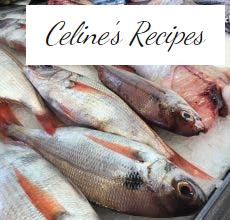Los furanchos, gastronomic heritage in Galicia
When the most spring and summer time arrives, from April to October, some areas of Galicia open the ” furanchos ” season.
An event that is expected during the rest of the year, since there is nothing that Galleg @ s like more than going for wines and tapas. Well, and the rest of the Spanish too, right?
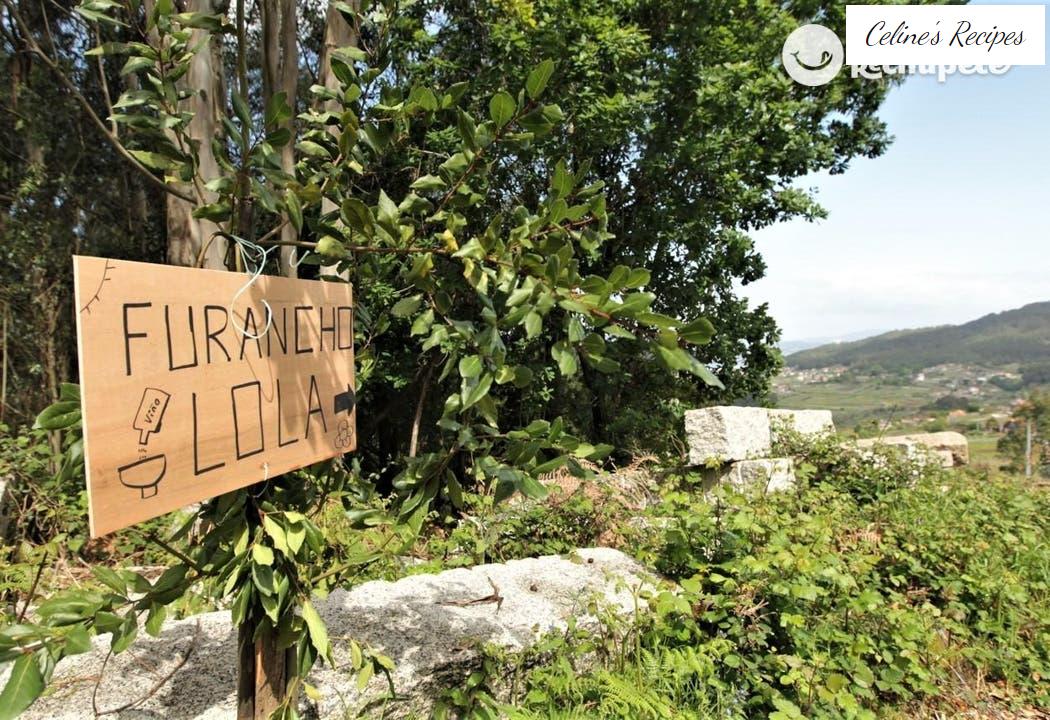
Surely many of you have been in one of them, or someone has told you about them … but in case things are not yet clear, I will try to tell you what a “furancho” is, and why he likes it So much to everyone.
So what is that “furancho”?
By “furancho” or “loureiro” (depending on the area) we mean a private house, which enables the basement of the house, or a garage, shed or terrace, to offer visitors the surplus wine from the family harvest.
And by the way, it is also possible to enjoy some homemade food, to accompany and make drinking easier.
So, if we have in the equation: vintage wine, homemade food, family atmosphere and a “sick” location, the end result is always a success. Any mortal I know succumbs to the charms of a “furancho” and enjoys unforgettable moments.

This is the traditional and legitimate part of the story, but like everything, it has its negative side. As a result of the success of the traditional “furanchos”, parallel businesses have emerged over the years, which are practically covert bars or pubs, and which unfair competition to legal hospitality businesses.
In 2012, the Xunta de Galicia made the determination to take action on the matter, preparing a decree that would legislate in this regard. According to the DOGA (Official Gazette of Galicia)
“The furanchos are considered the premises used mainly as private housing but where their owners sell the surplus of the wine from their own harvest, made at home for their own consumption, together with the tapas that, as food products prepared regularly by them , serve as accompaniment ”
The tradition of “furancho” in some areas of Galicia, has been around for more than 300 years. The surplus wine from the harvest was offered to the neighbors, who came to taste it and incidentally, the family of the house accompanied the moment with homemade and traditional dishes.
The barrels or “pipotes” of wine, were “abillaban” (put a billiard or tap) and to announce it, a laurel branch or “loureiro” was hung on the door of the house.
And this has survived to this day. If one travels the secondary roads of the Rías Baixas (main “furancheira” area), it is very likely that these notices will be found in almost every town.
Best of all, depending on each area, or even each “furancho”, we can enjoy a different wine and a range of tapas / portions typical of the place. We have a complete guide to locate and get to know them, but well, I will talk about this later.

When can I go to “furanchos”?
The opening season runs from December to the end of summer. Here each City Council can determine with some margin how long they can be kept open. Since summer is when there is the most influx of people, and this must be taken advantage of.
A summer day, with a good season, is the ideal to enjoy an authentic “furancho”. The basement of the house is usually made of stone, with a cool temperature, or even many of them have a terrace area with the typical vine, to be in the shade.
The surpluses of wine are not very large, since we are talking about quantities between 1000 and 2000 liters.
With these limitations, there are some “furanchos” that close prematurely, when the house’s wine stocks run out.
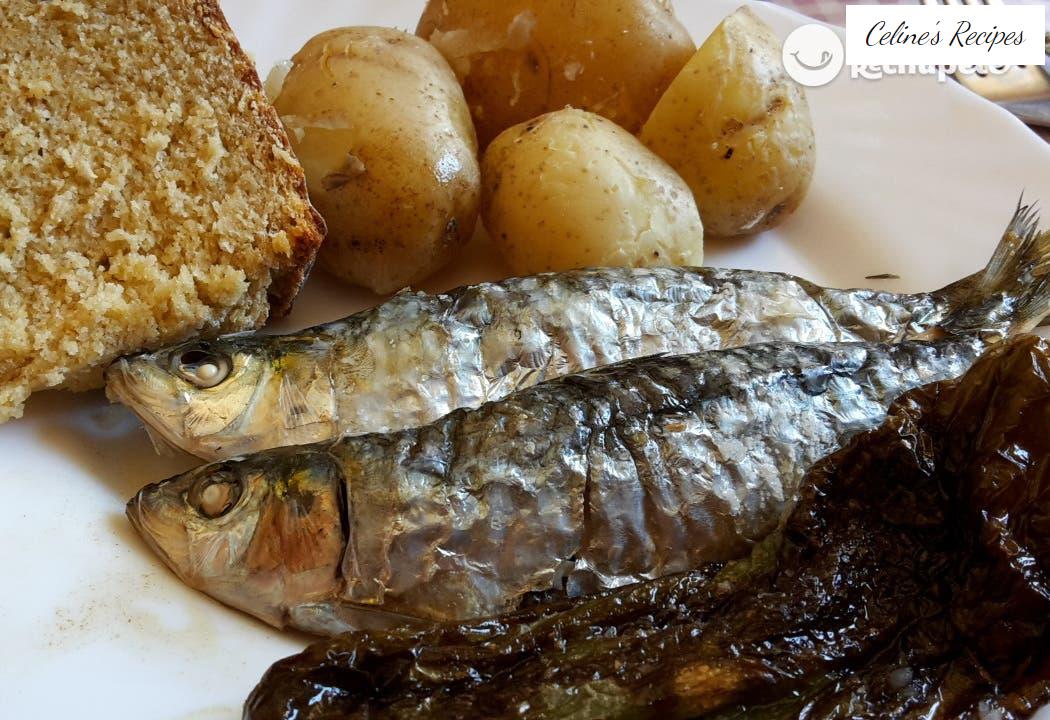
And to eat / drink, what do we have?
To drink, the essential and main thing is the house wine. If we are in the Rías Baixas area, where 95% of the locations are located, it will be time to taste the Albariño harvester.
A wine made at home, with its peculiarities and limitations, so don’t expect a “bouquet” like the Albariño wine offered by wineries. This “furancho” wine has its charm, and put in context, it tastes even better.
If you distance yourself from the traditional, surely you will also find water, beer or soft drinks. Options quite in demand, although what is required is to adapt and enjoy homemade wines. They pair wonderfully with homemade food.
If we speak of a “furancho”, we speak of eating well and abundantly. Well homemade and traditional dishes, such as potato omelette, home-made sausages, empanada, fried eggs, croquettes, Padrón peppers, “raxo” or zorza with fried potatoes, steak.
With the coast so close, it is also common to find fried “xoubas” (sardines), grilled sardines, squid, choquiños (small chocos), mussels. A wide variety of dishes, which vary from one place to another, and even each one already has its specialty, which works as a claim.
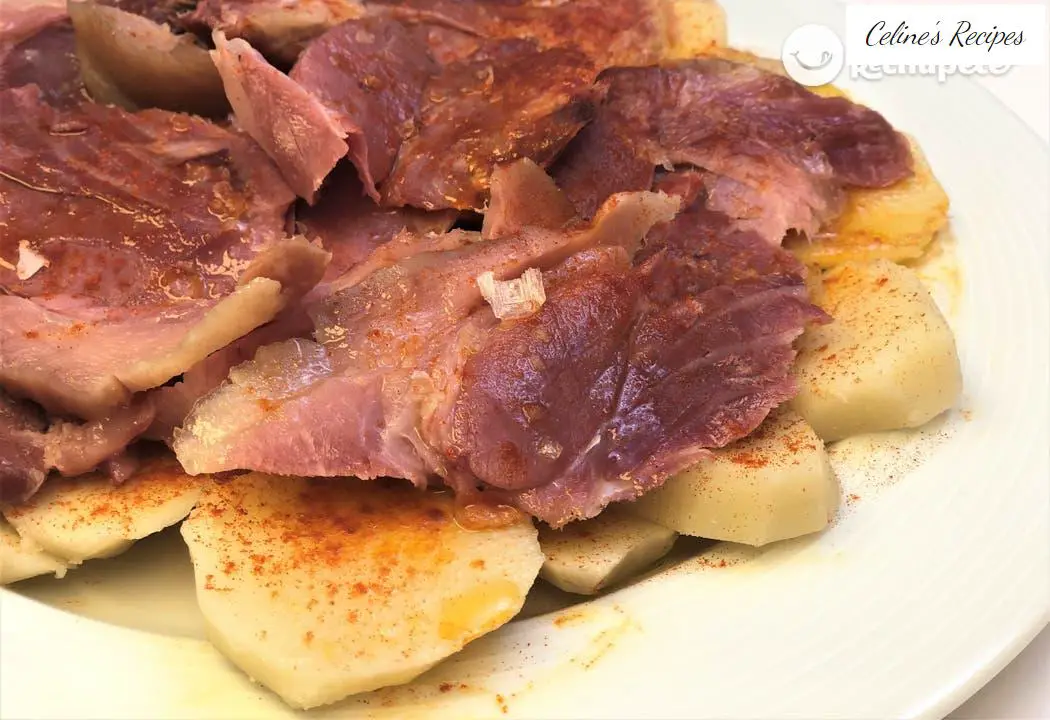
To top it off, some homemade dessert can be found, such as a bica, fried milk or flan. Coffee always “de pota” and some liqueurs also homemade, to make a kind of after-dinner. This is usually taken in the last of the round, since the ideal is to take a short route, and not stay in a “furancho” restaurant plan.
All this prepared in a simple kitchen, with the gas stoves of all life, and household items. Wooden tables and benches, “rubber” tablecloths and well “enxebre” decoration complete a cozy atmosphere to enjoy with the five senses.
Prices are usually moderate, adapted to what is offered, so the experience is always satisfactory. I am in Madrid, and although I am already used to the prices of my land, I am constantly surprised at how well I have eaten and how little I have to pay for it.
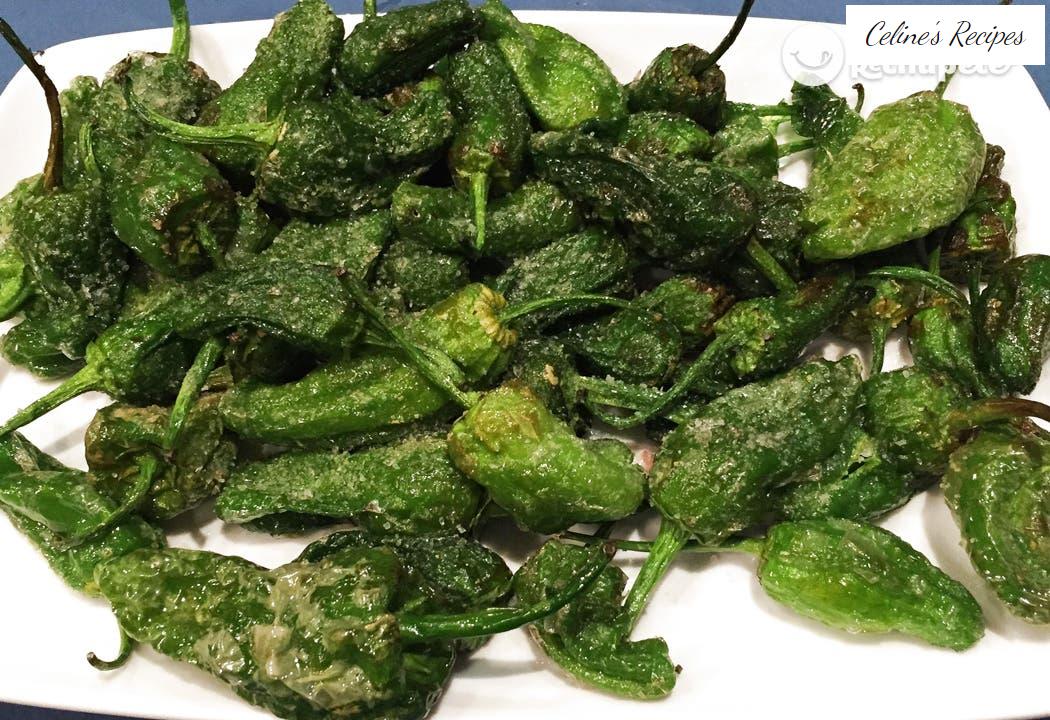
Where can we find them?
Although there is talk of “furanchos in Galicia”, it is not something that we can find throughout its territory. They are concentrated in two specific areas: the main one in the Rías Baixas and then to a lesser extent, in the Betanzos area (A Coruña).
The regions of Salnés (Sanxenxo, Cambados, O Grove, Ribadumia) and O Morrazo (Cangas, Moaña, Bueu, Aldán) are the epicenter of the activity of the “furanchos”. To older, we can also highlight the Bembibre area, on the outskirts of Vigo.
An exact number could not be given, although the official censuses of the municipalities are close to 350 “furanchos”. Then there are those who remain unregistered, and many others who have been converting into taverns or taverns.
As I told you, we are very lucky to have a website: defuranchos.com, where you can find countless places of this type. With a map to find them and then the file of each one with its particularities. A huge job, which makes it very easy for us to locate these gastronomic temples.
In any case, the option that triumphs the most is that of the recommendations of those known, who live or spend the summer in the area, and already have their favorite “furanchos” well signed.
From June to August, the “guaxap” burns, asking where to find a well-established and traditional place, the less known the better.
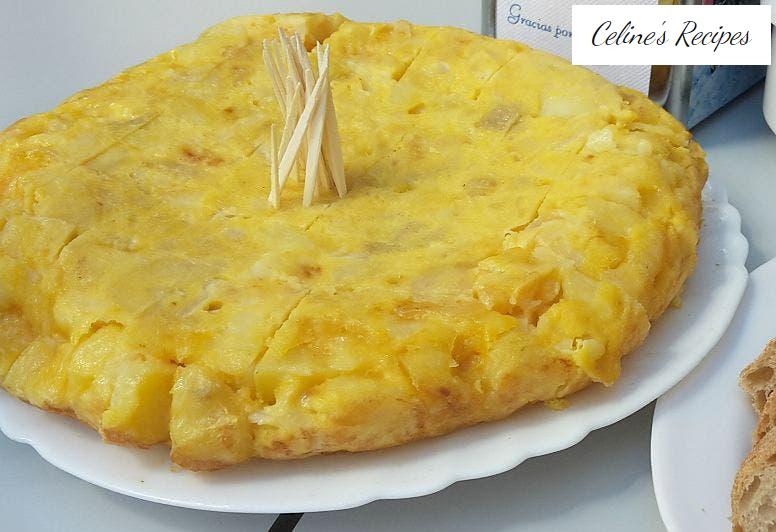
Some recommendations for the “furanchos” route
One of the municipalities with more and varied “furanchos” is Meaño, near the well-known Sanxenxo. This agglomeration is not surprising as it is an area of great albariño production.
The town of Cobas is like the “golden mile”, having a good number of “furanchos” in the middle of the season. There we can find the “Furancho de Juan”, “A do rapaz”, “A Roda”, “O Bacelo de Mari”, “O quirófano”, etc. up to 14 locations. A locality where to make a route to eat, rest and then return to the load for dinner.
Another recommended area is the triangle formed by Moaña, Cangas and Bueu, in the O Morrazo region. This is not a wine area, but it is a good product from the sea and the orchard, so we will find a good number of “furanchos” in a small territory. To move safely, on the web “Crónicas furancheiras” you will find many places, with their peculiarities, avocados, location, etc.
In the Matamá neighborhood (Vigo), there is the “Furancho da Balsa”, a classic in the city and which is always among the “guaxap” recommendations. They are open from Thursday to Sunday, and in addition to eating / drinking very well at an unbeatable price, on Friday and Saturday nights there is usually a brass band or “bagpiper” band to liven up dinners as they deserve.
As a colophon, I leave you a special place, one of those that you have to go to sometime in life. This is the ” Furancho Reboraina “, in Redondela (Pontevedra). A magical place, with an old manor house, a large garden and a giant magnolia tree, where diners sit on summer days.
At night, rustic-style light bulbs make the atmosphere even trickier. They are open from May 1 to July 31 (closed Monday), and reservations are not accepted.
Did you like it? Share it!
Share Tweet Pin it To print
Receive a weekly email with new recipes and yummy recommendations.
Think of Pixels SL as the owner of Recetasderechupete.com, it will use the data you provide in this form only to send you blog updates. We treat your data with respect. For more information see the Privacy Policy . You can change your mind at any time and unsubscribe by clicking on the footer of any email you receive from this website, or by contacting [email protected]. Yummy recipes use Mailchimp as a platform for sending emails. Mailchimp is covered by the EU-US Privacy Shield agreement, approved by the European Data Protection Committee. By submitting this form, you consent to your data being transferred to MailChimp for processing in accordance with its Privacy Policy .
If you liked this article you will like:

Vegetables. Myths, truths and benefits
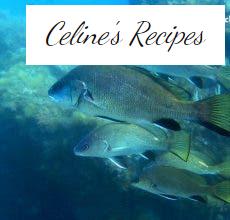
Corvina. Benefits, properties and recipes
